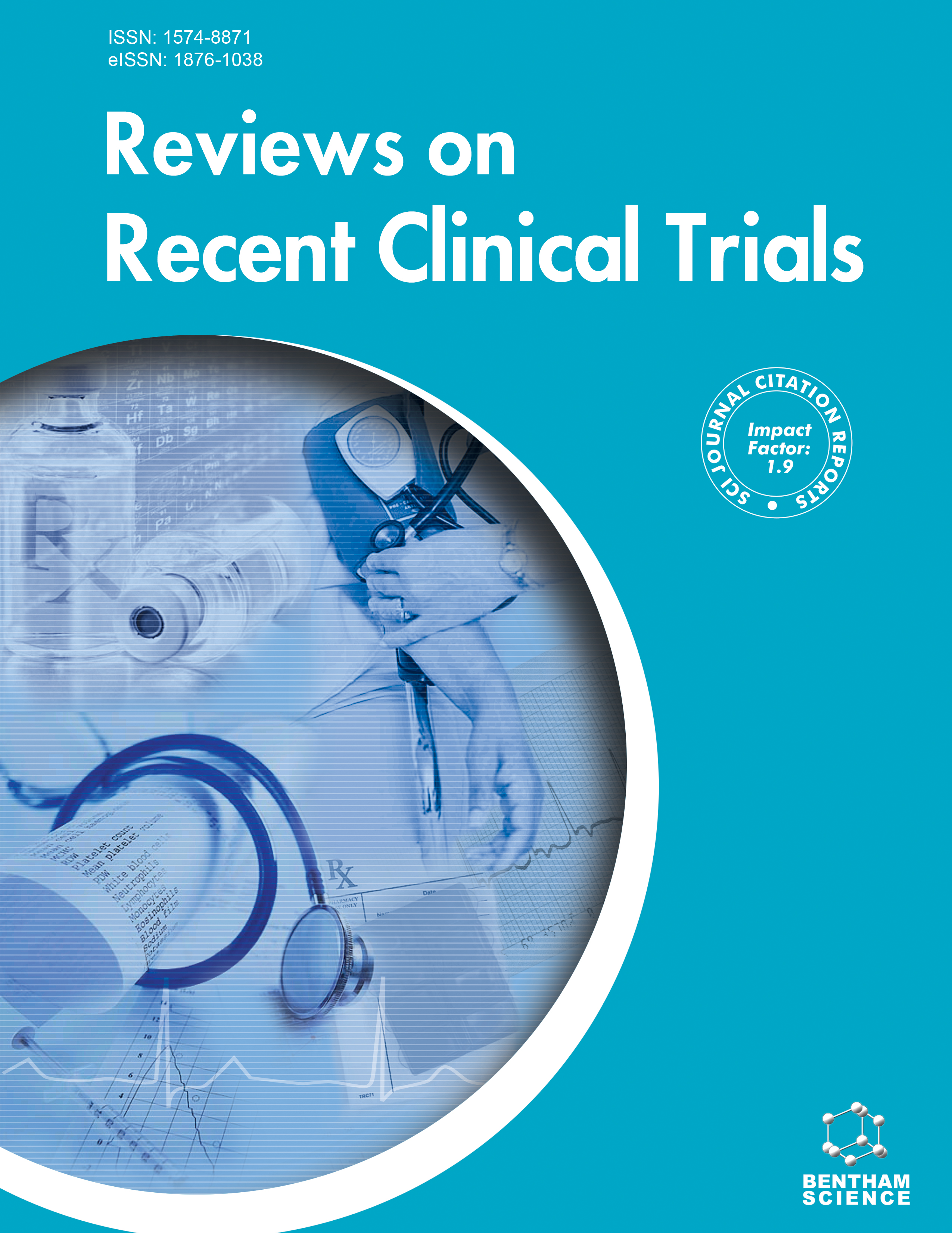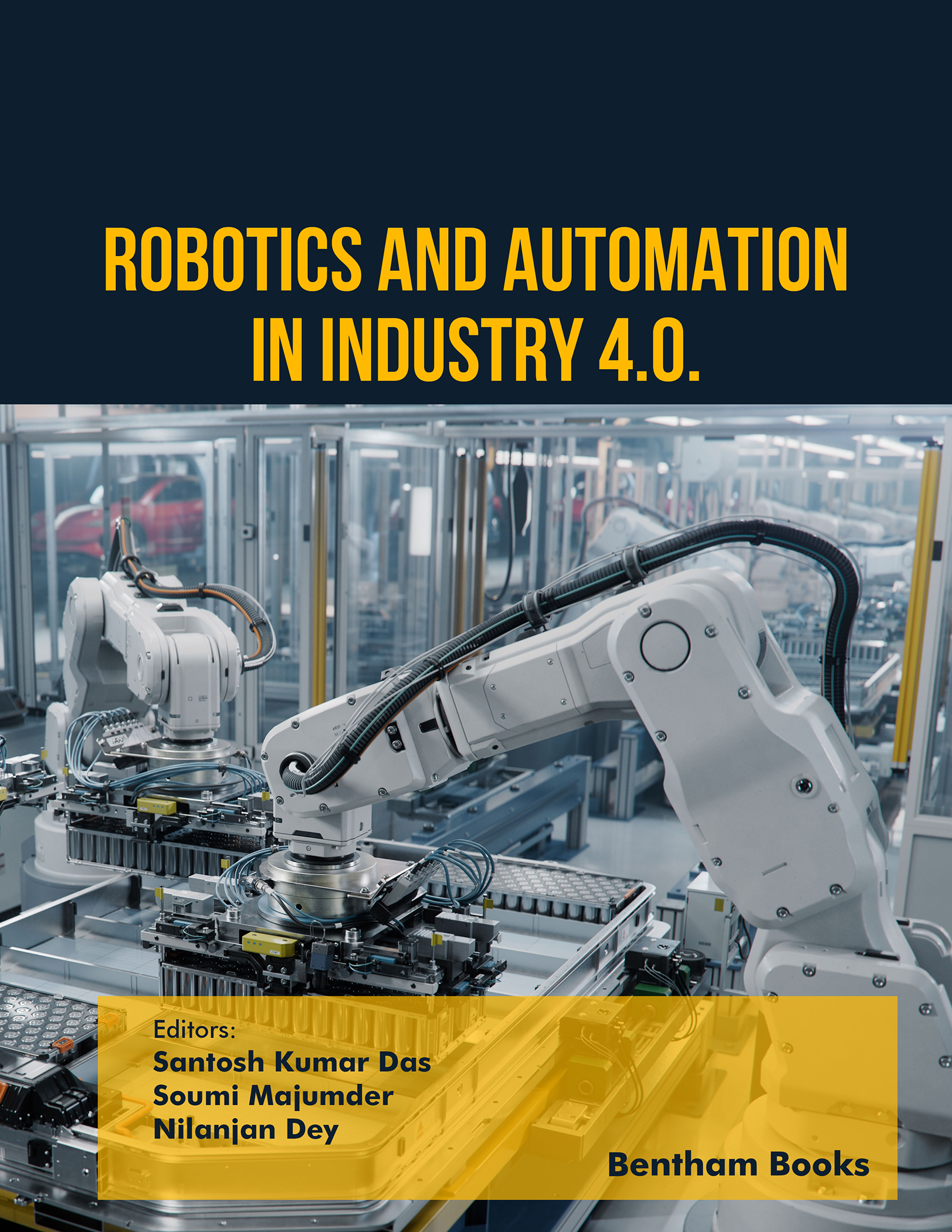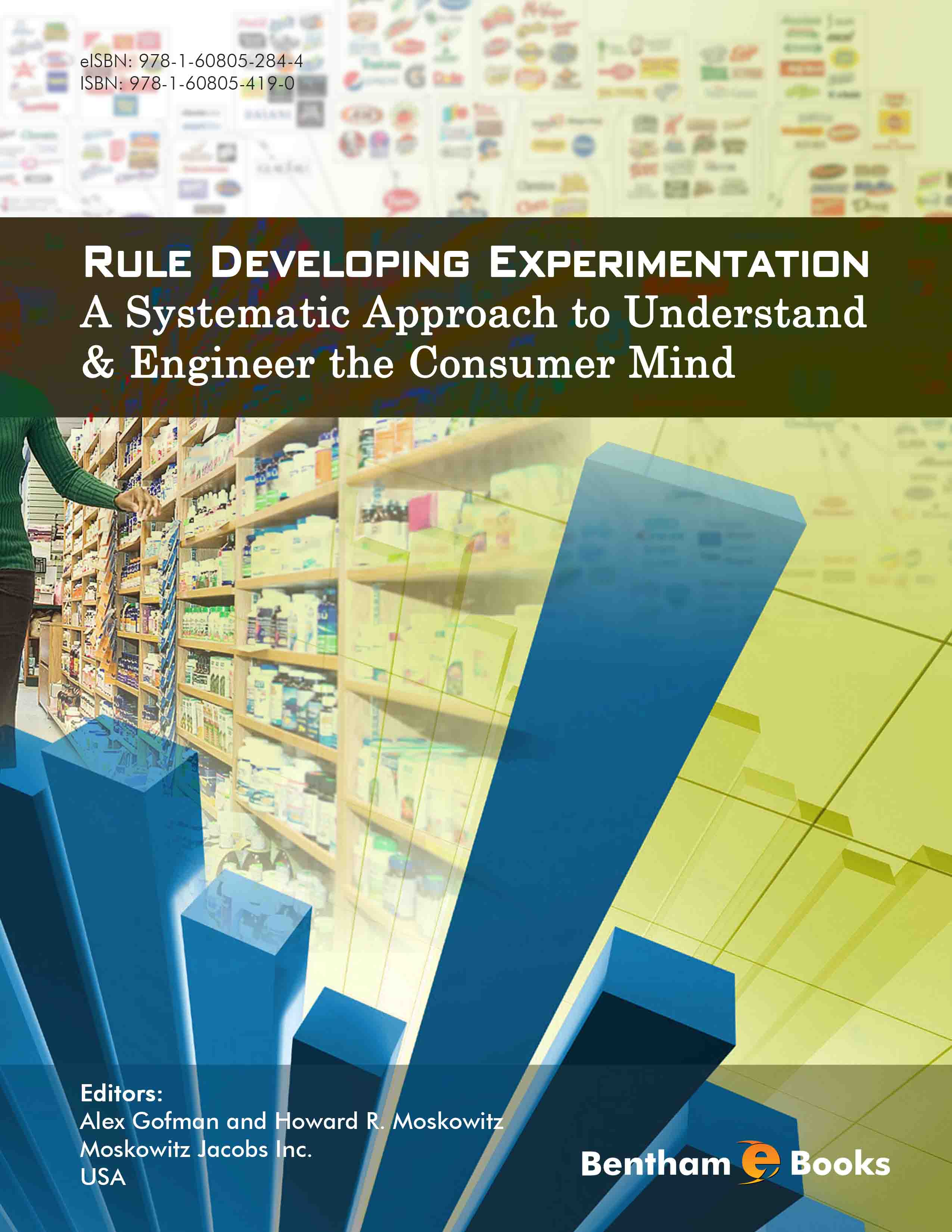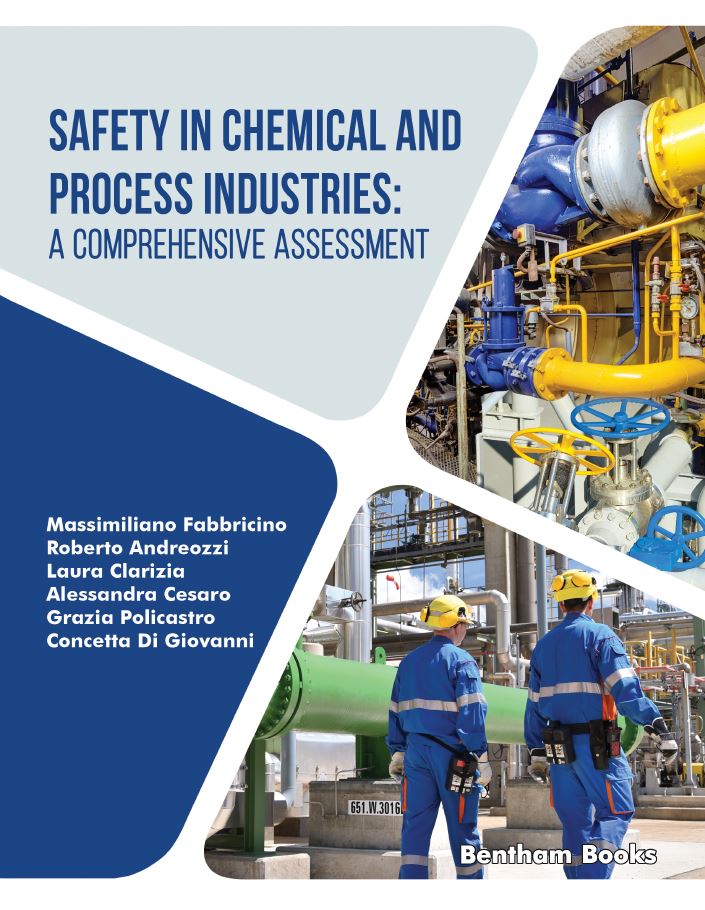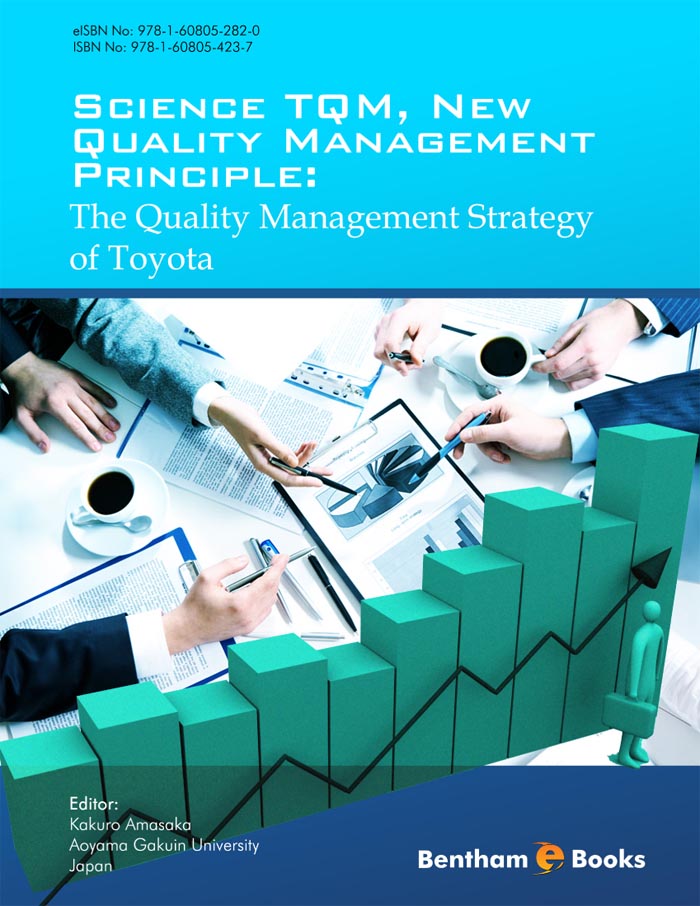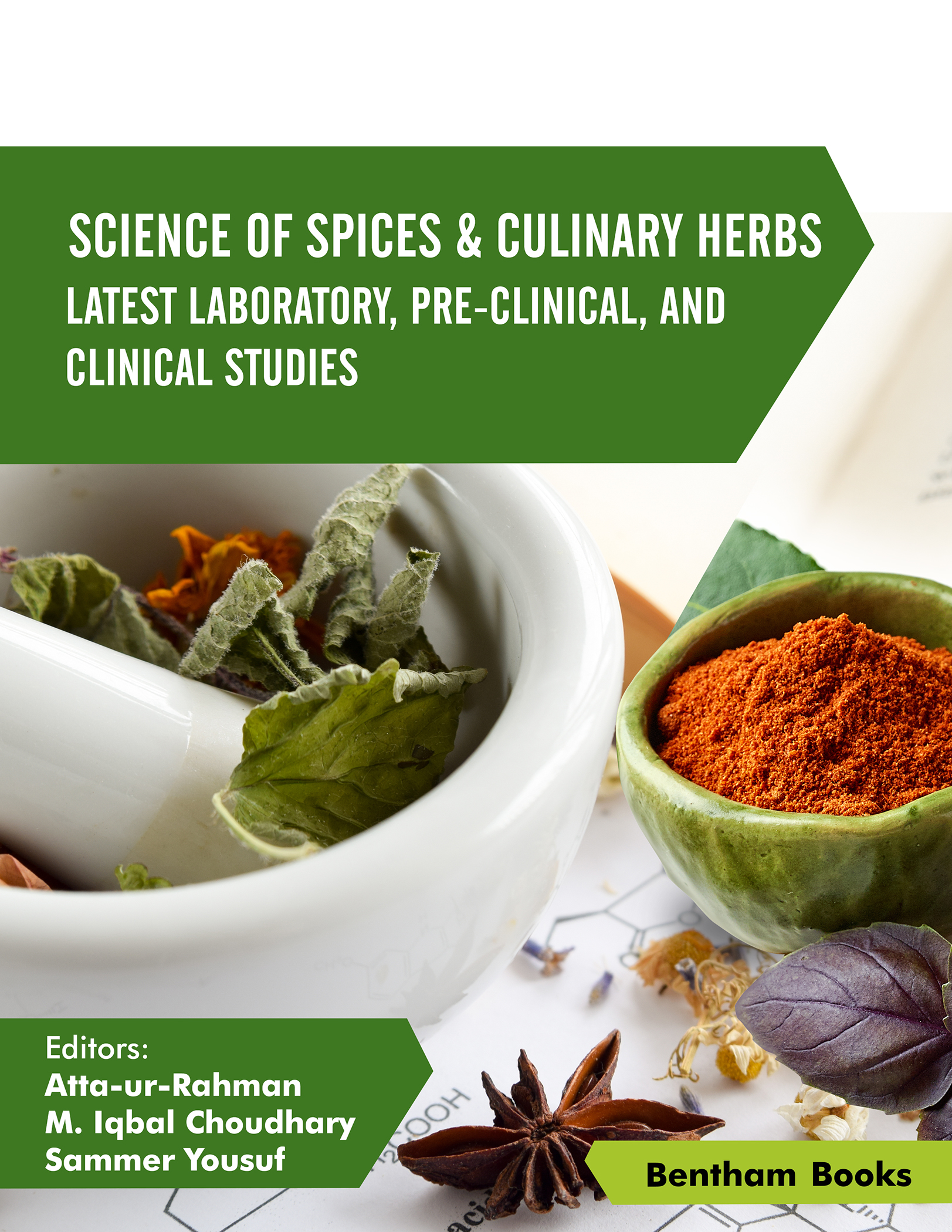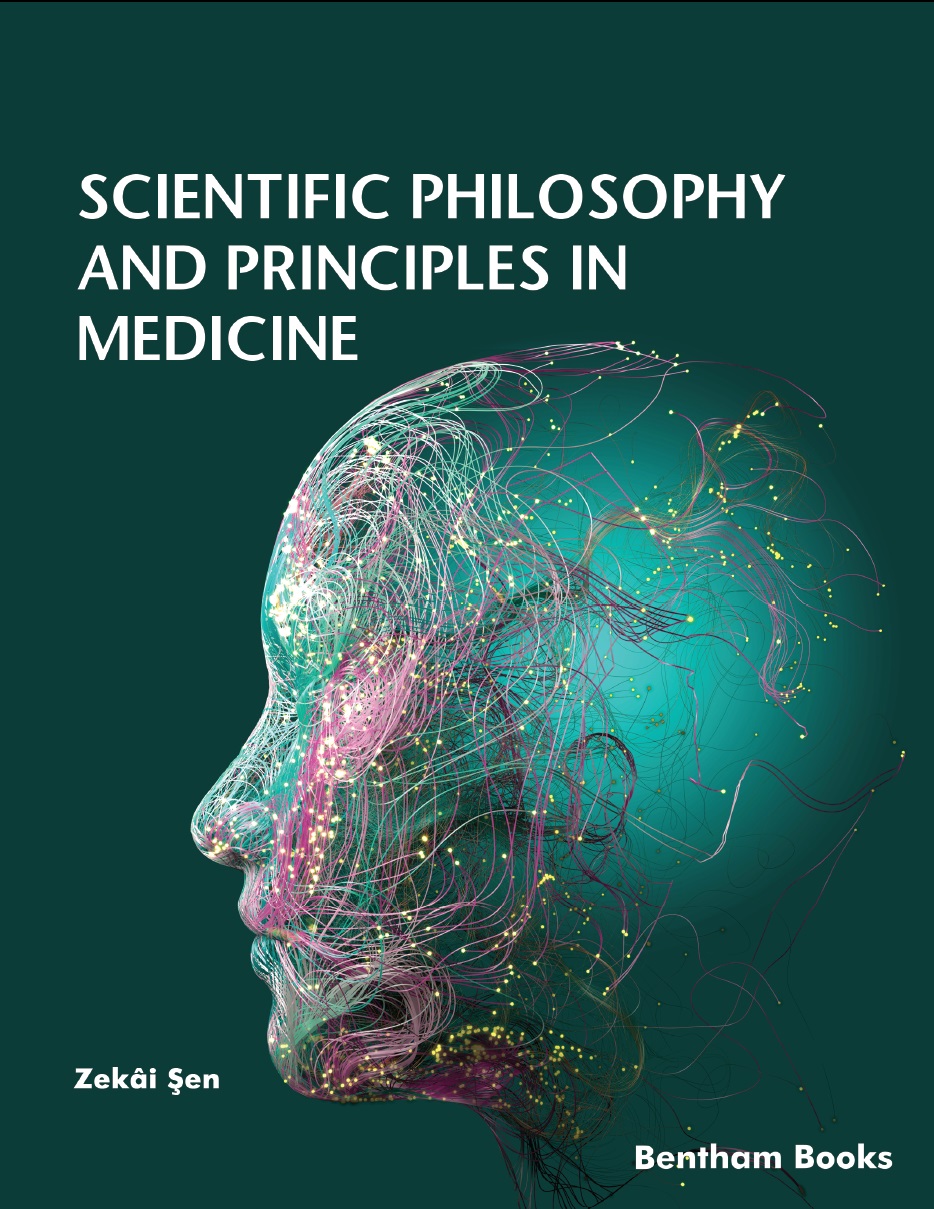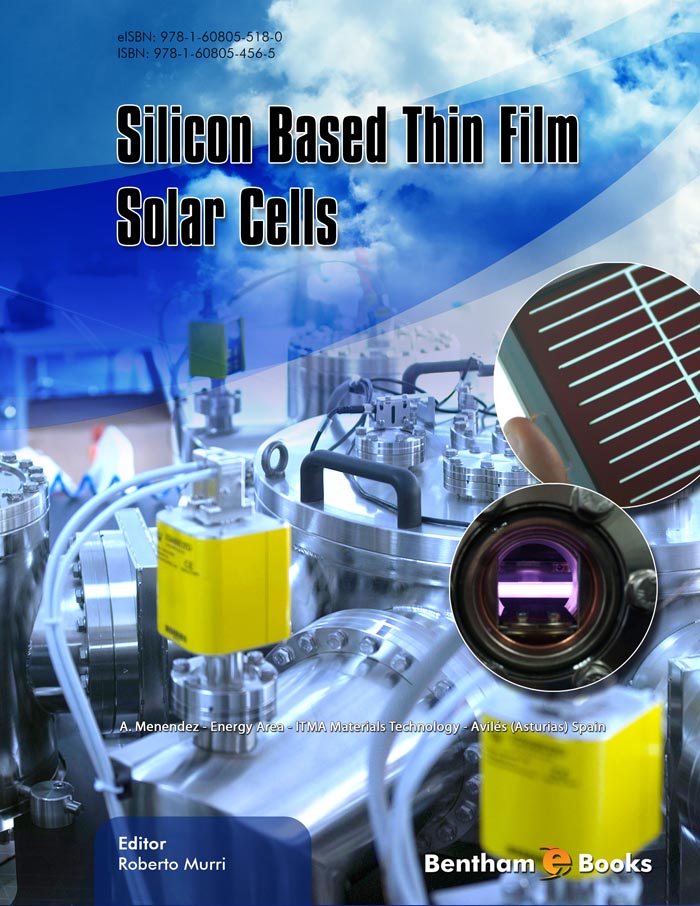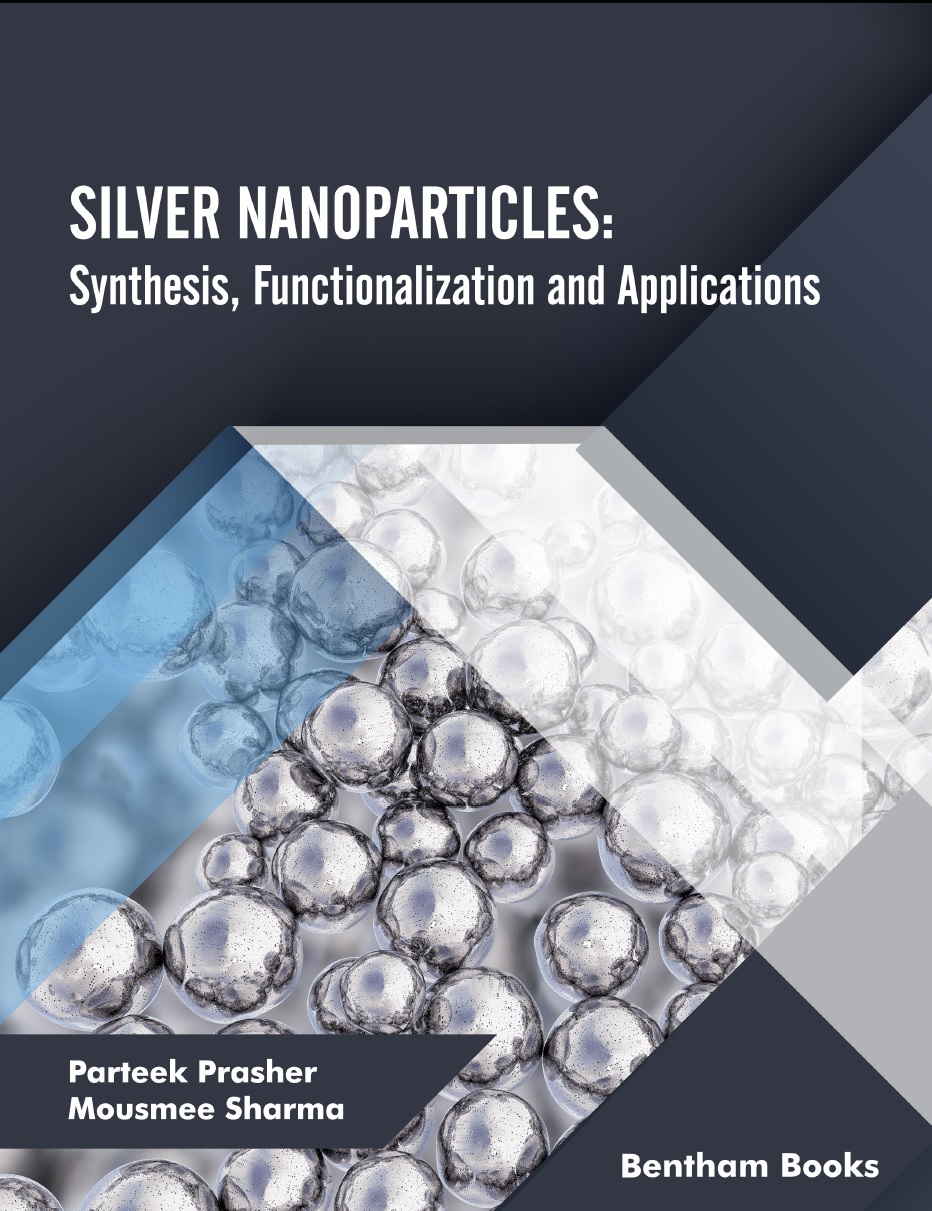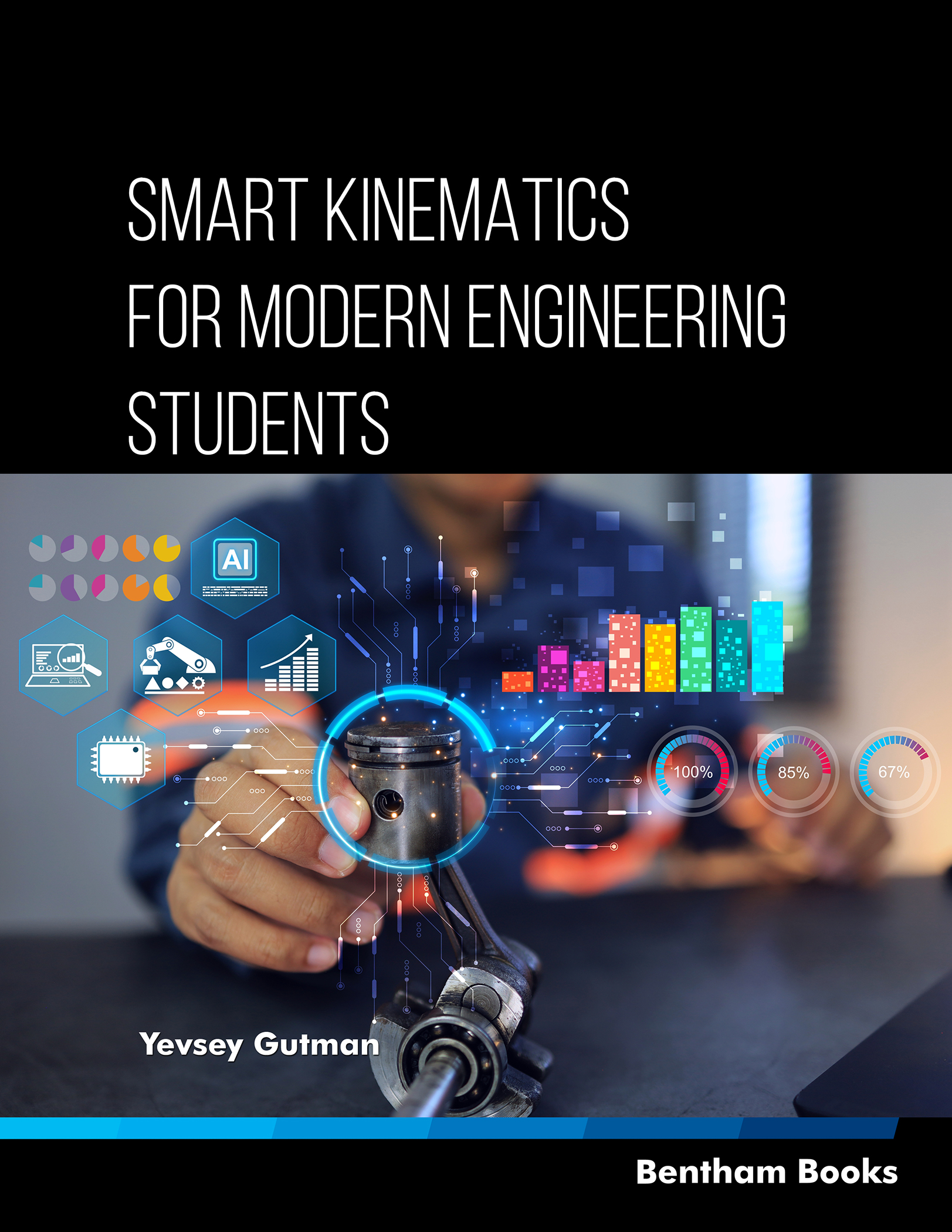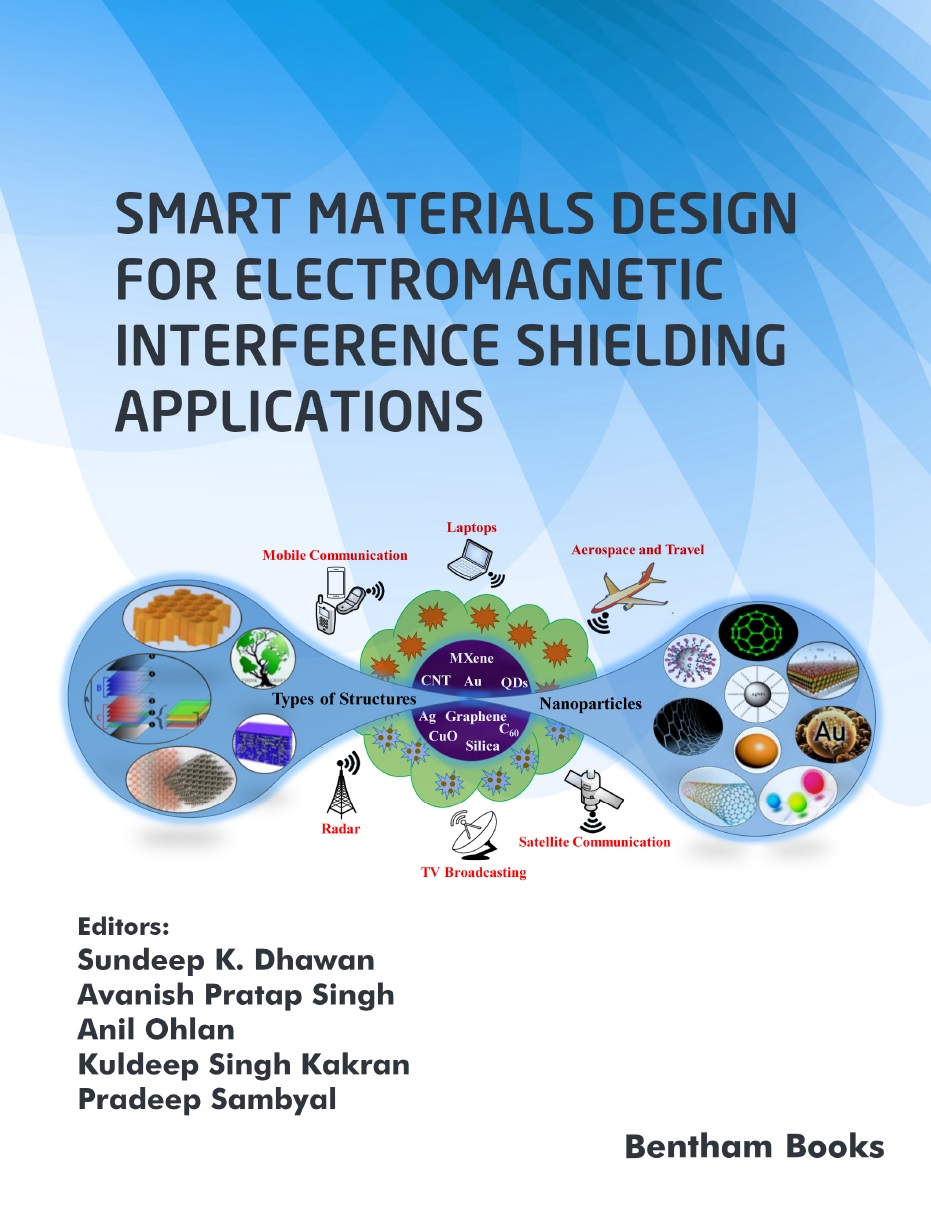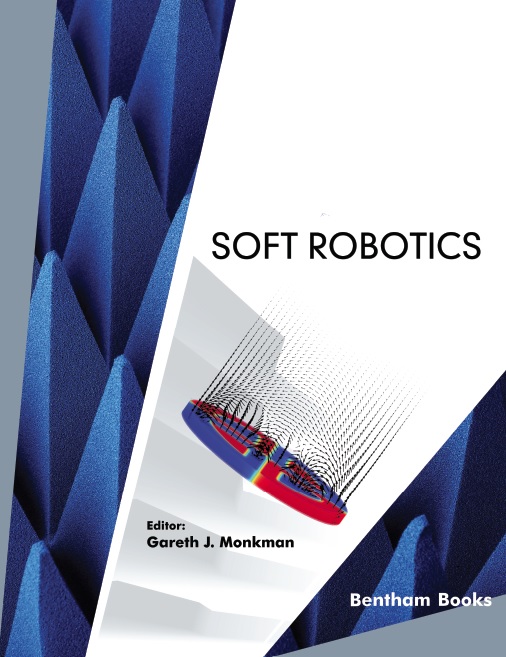- Home
- Publishers
- Bentham Science Publishers
Bentham Science Publishers
Bentham Science Publishers is a major publisher of more than 100 peer-reviewed science, technology and medical (STM) journals, along with a rapidly growing collection of eBooks. Since 1993, Bentham Science Publishers has been catering to the information needs of the pharmaceutical, engineering, biomedical and medical research community.701 - 720 of 812 results
-
-
Reviews on Recent Clinical Trials
More LessReviews on Recent Clinical Trials publishes high quality full-length/mini reviews, original research articles, interesting case reports, drug clinical trial studies and guest edited thematic issues on recent clinical trials of major importance. The journal's aim is to publish the highest quality articles in the field. Topics covered include: important Phase I – IV clinical trial studies, clinical investigations at all stages of development, therapeutics, meta analysis, trial logistics, design and conduct of trials, statistical methods, synthesis and evidence evaluation, decision analysis, reviews, case reports and commentaries on current or controversial issues.
The journal is essential reading for all researchers and clinicians involved in drug therapy and clinical trials.
-
-
-
Ricin Toxin
More Less`Ricin Toxin brings together a collection of in depth and cutting edge reviews that focus on the current understanding of ricin toxins. This e-book provides a historical background, innovations in detection, identification and medical countermeasures against this biothreat, and the toxins previous use as an anti-cancer agent.
This e-book answers various important questions such as detection of ricin in food or soil, making of humanized antibody against the toxin, novel approaches for the creation of a safe vaccine to protect first responders, exploitation of toxin`s ability to bind and penetrate cells for medical benefits, aftereffects of administering antibody against ricin to a first responder and their exposure to the toxin, neutralization of different ricin from different castor plant cultivars. Aside from learning key concepts that may be overlooked while scanning literature, the reader will benefit from gems of information scattered throughout the book.
The book comprises of five different parts. The first part covers the background of ricin from pharaohs to bioterrorists and beyond.
The second part covers the discovery of recent technologies which are very helpful for the detection of ricin in different matrices, followed by the detection of ricin in the sorption of soils, minerals,textiles, and food; soil inflatration and dust transport. The third part covers the ricin and castor plant cultivars. It also discusses the antibody therapies such as Polyclonal and monoclonal antibodies and the extraction of ricin toxin from several cultivars of the Castor Plant (Ricinus communis).
The fourth part of this e-book discusses different medical countermeasures which are very effective in enhancing the progress in the development of vaccines against ricin intoxication. This part also describes different methods employed for the improvement of anti-ricin antibodies.
The last part of this book describes the replacement and different applications of the toxin. All chapters are written by paramount experts in ricin research.
`Ricin Toxin is an essential reading to all medical students, biochemists and professionals involved in the field of toxicology.
-
-
-
Risks and Challenges of Hazardous Waste Management: Reviews and Case Studies
More LessThis reference presents reviews and case studies of hazardous waste management in a selection of cities. The overarching themes of the compiled topics include 1) the problems of healthcare waste management, 2) case studies of hazardous waste mismanagement, 3) health risks associated with environmental waste, issues in environmental health and 4) grassroots environmentalism.
The volume initially presents reviews and case studies from developing countries, including countries in South America (Argentina), Africa (Algeria and Nigeria), and Asia (India). The latter chapters of the book focus on environmental issues in Campania, a region in Italy. These chapters also provide an insight into the impact of the COVID-19 pandemic on waste management practices in this region.
Risks and Challenges of Hazardous Waste Management is an insightful reference for management trainees, professionals and researchers associated with waste management and environmental health firms. Readers will gain insights into current issues and practices in the respective industries. The reviews and case studies presented in the reference are also useful to professionals involved in risk assessment studies.
-
-
-
Robotics and Automation in Industry 4.0
More LessRobotics and Automation in Industry 4.0 explores the transformative role of robotics, automation, and emerging technologies in the modern industrial landscape. The book is divided into four comprehensive sections, each focusing on key areas of Industry 4.0. These are: 1) Robotics: Applications and Advancements, 2) Renewable Energy Applications, 3), FinTech, and 4) Multidisciplinary approaches. It compiles 13 chapters offering insights into the latest advancements and provides practical guidance for navigating the evolving industrial landscape.
-
-
-
Role of Nanotechnology in Cancer Therapy
More LessRole of Nanotechnology in Cancer Therapy gives an overview of the innovative nanocarrier-based approaches for managing various cancers such as gastric, skin, lung, and prostate cancers. The book also explores the evolving targeting approaches specific to cancer and the immunotherapy-based nanomedicinal approach. Several drug-delivery systems which reduce the overall toxicity of cytotoxic drugs and increase their effectiveness and selectivity are also discussed in this book. Key Features - Discusses the potential benefits and therapeutic applications of nanoparticles in cancer management - Provides information about therapy in a range of cancers - Discusses recent developments in cancer nanomedicine including targeted therapy, immonotherapy nanoparticles and dual drug delivery - Includes safety and toxicity considerations - Provides references for advanced readers This book will inform a broad range of readers including undergraduate and postgraduate students, oncologists, pharmacists, and researchers involved in nanomedicine and nano-drug delivery about current advancement in cancer nanomedicine.
-
-
-
Rule Developing Experimentation: A Systematic Approach to Understand & Engineer the Consumer Mind
More LessConsumers have been increasingly involved in the innovation process in the last few decades, a major driving force of business success. This involvement is critically important for innovation, particularly in product development.
However, consumers frequently cannot articulate exactly what they need, want, or like if they are asked directly. It is very difficult for consumers to articulate their needs and desires. Therefore, researchers have to use other means to understand their motivations. There are many arguments suggesting that focus groups cannot create a reliable direction for new product development (NPD) or message optimization. A solution for this problem lies in a systematic, structured and disciplined experimentation with consumers - presenting them with a set of experimentally-designed products or concepts and soliciting their preferences. It is much easier for consumers to choose a preferred option from a set of concepts. New technologies make it easier than ever to conduct complex experiments quickly and inexpensively. The expanded use of experimentation provides an opportunity to take innovation to a new level.
Rule Developing Experimentation (RDE) is an increasingly popular, structured, consumer-based experimentation methodology. RDE works with prototypes, either physical prototypes, prototypes created out of language (concepts), or prototypes created out of visual stimuli (design and packaging). In business, RDE is used both to understand existing products, product categories and packages, as well as to create next generation offerings in the process of new product development (NPD).
Rule Developing Experimentation: A Systematic Approach to Understand & Engineer the Consumer Mind explains RDE concepts, beginning from its origins, to novel consumer research techniques and covers applications relevant to a real market context. Readers are also introduced to the concept of Mind Genomics® - a more holistic approach to gaining insight into the consumer mind.
-
-
-
Safety in Chemical and Process Industries: A Comprehensive Assessment
More LessNowadays, huge amounts of chemicals are commercialized, shipped, stored, and converted to ensure the commercial availability of goods of daily use. Different hazards are involved in the use of these chemicals due to their intrinsic physicochemical properties. Several accidents have occurred in the past due to these hazards in chemical and process industries with serious consequences for people, buildings, and the environment.
Safety in Chemical and Process Industries: A Comprehensive Assessment provides basic knowledge on safety procedures and experimental techniques for evaluating risks related to storage, transport, and transformation of hazardous materials. The book is designed for undergraduate and graduate students of Chemical, Materials, and Environmental Engineering, Chemistry, and Environmental Science.
Key features: - Provides a strong foundation on safety management and risk assessment for chemical handling and management
- Tackles the management of contaminated industrial sites - Focuses on the risk assessment to set remediation goals
- Includes information on Health Impact Assessments
- Includes detailed references for advanced readers at PhD or postdoc levels. The book is organized in the following core topics that are part of relevant course modules:
- Fundamentals of thermal explosions and calorimetric techniques (Chapters 1-3)
- Homogeneous and heterogeneous explosions (Chapters 4-7).
- Consequences of fires and heterogeneous explosions (Chapter 8)
- Industrial hygiene and toxicology (Chapter 9)
- Preventive safety measures and protective measures (Chapter 10)
- Risk assessment for industrially contaminated sites (Chapter 11)
- Health impact assessment within environmental impact assessment studies (Chapter 12)
-
-
-
Schrödinger’s Cat Smile
Algorithms for Construction of Reality in Physics: Volume 2
More LessThe book presents a multidisciplinary analysis of the context of quantum physics experiments and the function of the human mind that makes it possible to demonstrate that an object-based model of reality formed at the level of the unconscious is the basis of our worldview.
The consciousness experiences a "time flow" because of the specific features of perception in the form of a model with a sequential fixation of events. Together with the need to relate objects in terms of the model, this generates a space-time representation of the world around us. Acceptance of a mental character of our construct of reality allows for resolution of the problems in quantum physics and its paradoxes, thereby opening the way to an insight into reality.
The presented material is organized in a specific order to facilitate the reader's understanding. First, the fact that if there are no objects in the area of quantum mechanics, then they belong to the corresponding model rather than the reality is proved by case studies of the most discussed and relevant paradoxes of quantum physics. The authors consider a topological variant in constructing an object-based space that describes the physical properties of an object that are the most verified in science and describable with mathematical relations. The functionality of the proposed construct is tested by deriving the "laws" of conservation of energy and momentum in a relativistic form.
The book is oriented towards experts in physics and psychology, advanced students, and readers interested in state-of-the-art science and the philosophy connected to it.
-
-
-
Science TQM, New Quality Management Principle: The Quality Management Strategy of Toyota
More LessWhen we look at the quality management issues that have faced, both, in Japan and the rest of the world recently, it is clear that a next-generation quality management practice is required, featuring a rational approach that will motivate people and revitalize organizations. We need to reassess the way quality management is carried out in the manufacturing industry and establish‘ Science Total Quality Management (TQM), new quality management principle, as a next-generation management technology. In this e-book, the author proposes the ‘Science TQM, new quality management principle, aimed at the evolution of manufacturing, and demonstrates its effectiveness. This contemporary principle of Japanese management science - a scientific quality management method – has been the key to success in global production and facilitates globally consistent levels of quality and simultaneous production worldwide.
Specifically, Science TQM consists of several core technologies designed to address specific areas of corporate operations: the ‘Total Marketing System, TMS, for sales, the ‘Total Development System, TDS, for development and design, the ‘Total Production System, TPS, for production technology and manufacturing, and the ‘Total Intelligence Management System, TIS, and ‘Total Job Quality Management System, TJS, for administrative and managerial functions. These systems are then effectively linked through ‘ Science SQC, new quality control principle,, to rationally achieve strategic quality management.
The focus of this book is thus the theory and application of strategic quality management through the application of ‘Science TQM,. The effectiveness of Science TQM is then demonstrated at Toyota Motor Corporation -one of the world, s leading automotive manufacturing companies. The author, a leading ex-general manager of TQM promotion division of Toyota Motor Corporation, shows how to align them to develop competitive quality throughout the business process that covers from the creation of product concept through manufacturing and selling to delivery to clients by actual cases. This is an e-book to be benchmarked by research professionals and practitioners who are interested in developing competitive quality of their business in the prevailing global competition. This e-book is also strongly recommended to senior managers such has top level executives who are not directly involved in so-called quality management practices because quality is the outcome of the dynamics of most activities of the company as well as the kernel of competitiveness.
The essence of TQM is reflected in ‘Total Quality Management,. Science and technology, team work, collaboration with internal as well as external members, training and skill, data and information, knowledge, and organizational alignment are all important ingredients to be combined systematically and strategically. Linking all ingredients for quality in consistent and effective ways is a key to competitiveness.
Readers will find not only quality related practices, but also the linking capacity for executing TQM practices as well as understand the implicit scientific, behavioral and organizational insights necessary to achieve real quality.
-
-
-
Science of Spices and Culinary Herbs - Latest Laboratory, Pre-clinical, and Clinical Studies: Volume 6
More LessMany herbs and spices, in addition to their culinary use for taste, contain chemical compounds which have medicinal uses. For this reason, herbs and spices have been used for treating various ailments since ancient times. Modern scientific methods have enabled researchers to isolate and analyze bioactive compounds from herbs and spices to develop medicines for different diseases. Science of Spices and Culinary Herbs presents current reviews on studies performed on herbs and spices. This book series is an informative resource for medicinal chemists, herbalists and biomedical researchers interested in the science of natural herbs and spices that are a common part of regional diets and folk medicine.
The sixth volume of this series features reviews on medicinal aspects of a selection of herbs and spices, including:
Pimpinella anisum L. (Anise, Aniseed)
Sinapis alba L. (Mustard Seeds)
Cinnamomum verum (Cinnamon)
Tamarindus indica L (Tamarind)
Curcuma longa (Curcumin)
Glycyrrhiza glabra (Licorice).
-
-
-
Scientific Philosophy and Principles in Medicine
More LessScientific Philosophy and Principles in Medicine is an accessible treatise on the philosophy that guides medical practice. It lays the foundation of a multidisciplinary framework behind the development of the medical profession. The book presents 10 chapters that cover issues that are frequently encountered by medical professionals in their career: philosophical and linguistic principles of rational thought, scientific, crisp and fuzzy logic, diagnostic aspects, the history of medicine, epistemological concepts, approximate reasoning, principles of medical wisdom, numerical and graphical diagnostics, and the collaboration of researchers involved in the fields of engineering and medicine.
The author of the book brings several years of teaching experience and medical practice into this reference with the goal of integrating principles of scientific philosophy and logic into medical education. Readers will understand the process of devising rational diagnostic and treatment approaches that support human health as a generative process that seeks to solve problems through creativity, rather than a classical process of following medical protocols.
This book is intended as a basic reference for medical students, teachers, and general readers interested in the application of logic, philosophy and scientific principles in medicine.
-
-
-
Semi-rotary and Linear Actuators for Compressed Air Energy Storage and Energy Efficient Pneumatic Applications
More LessThis text explains the use of compressed air for energy storage and efficient pneumatic applications. Chapters cover the elementary physical and engineering principles related to compressed air, including compression and expansion characteristics, adiabatic, polytropic, and isothermal phenomena, and energy content within a given volume. The author also discusses the advantages and drawbacks of pneumatic technology and presents innovative ways to increase the energy efficiency of pneumatic actuators. A key highlight of the book is the introduction of a method to enhance efficiency by incorporating expansion work alongside constant pressure displacement. The author presents an analysis of various cylinder assemblies where energy efficiency is notably improved compared to conventional pneumatic actuators. The book serves as a primary reference for mechanical engineering students and as a handbook for engineers designing efficient pneumatic devices.
Key Features: Fundamental and advanced information about actuators and their pneumatic applications Focus on energy efficiency testing Systematic chapter order for effective learning progression, with a working example to support comprehension References for further reading Appendices providing additional insights and resources .
-
-
-
Silicon Based Thin Film Solar Cells
More LessSilicon Based Thin Film Solar Cells explains concepts related to technologies for silicon (Si) based photovoltaic applications. Topics in this book focus on ‘new concept’ solar cells. These kinds of cells can make photovoltaic power production an economically viable option in comparison to the bulk crystalline semiconductor technology industry. A transition from bulk crystalline Si solar cells toward thin-film technologies reduces usage of active material and introduces new concepts based on nanotechnologies. Despite its importance, the scientific development and understanding of new solar cells is not very advanced, and educational resources for specialized engineers and scientists are required.
This textbook presents the fundamental scientific aspects of Si thin films growth technology, together with a clear understanding of the properties of the material and how this is employed in new generation photovoltaic solar cells.
The textbook is a valuable resource for graduate students working on their theses, young researchers and all people approaching problems and fundamental aspects of advanced photovoltaic conversion.
-
-
-
Silver Nanoparticles: Synthesis, Functionalization and Applications
More LessSilver Nanoparticles: Synthesis, Functionalization and Applications presents detailed information about the range of methods of synthesizing silver nanoparticles (AgNPs). The book systematically delves into the subject with an introductory chapter before moving to chemical synthesis of AGnPs and fabrication methods which help in assigning functional properties for useful nanomaterials. Basic and advanced synthetic methods like surface functionalization and bioconjugation are covered. Additionally, the book informs about impactful applications of AGNPs across a range of industries. Through this book, readers will be able to understand the importance of silver nanoparticles as a futuristic material in scientific investigations and gain a comprehensive understanding of the operational strategies revolving around their surface modification and conjugation.
Key Features:
-Covers the basics of silver nanoparticle (AGNP) synthesis -Focuses on green methods of AGNPs
- Covers information about surface modification and functionalization of AGNPs with different molecules (including biomolecules)
-Covers a range of applications of AGNPs
-Includes advanced applications of AGNPs in next-generation antibiotics
Silver Nanoparticles: Synthesis, Functionalization and Applications a handy reference for scholars in advanced chemical engineering, materials science and pharmacology programs as well as anyone who wants to know all about silver nanoparticles.
-
-
-
Smart Kinematics For Modern Engineering Students
More LessSmart Kinematics for Modern Engineering Students is an essential reference on basic kinematics. The book provides detailed knowledge on coordinate transformations for matrix calculations, followed by information about different configurations in component pairs and joints. Readers will learn about the basic mechanical engineering methods used to design components for systems with moving parts along with various practical applications of these concepts.
Key Features
· Provides-In-depth knowledge of 3D vector calculations in kinematics
· Includes descriptions and depictions of major joints commonly used in engineering designs and applications
· Discusses common methods of optimization for solving multivariable systems of highly nonlinear equations using displacement models
· Presents practical examples of analysis applied to commonly used mechanical system
· 6 DOF robotic arm and moving platform
· A generic Light Manufacturing Tool (LMT)
· Phantom DOF devices
· Temporomandibular joint (TMJ) as a biomechanical joint
· Include scientific references
The material in this book will be helpful to undergraduate and graduate engineers who are required to understand knowledge about modern methods in mechanical engineering, including prerequisite courses in advanced linear algebra, kinematics and complex systems.
-
-
-
Smart Materials Design for Electromagnetic Interference Shielding Applications
More LessWith the rapid development of electronic technology, mobile communication and satellite communication, electromagnetic interference (EMI) or Radio Frequency Interference (RFI) has received global scientific attention to ensure unperturbed performance of electronic items and to avoid any adverse effect on human health. EMI is one of the main factors that weaken electronic system performance and is considered as a modern form of environmental pollution.
Many efforts have been made to reduce EMI due to industrial regulations. With the expansion of the IT industry, microwave absorbing materials (MAMs) and EMI shielding materials have received considerable interest to improve the resistance of smart devices to EMI.
This book presents a comprehensive review of the recent developments in EMI shielding and the design of microwave absorbing materials. Chapters cover the basic mechanism of shielding and radiation absorption, measurement procedures, factors affecting the shielding and different materials for shielding and absorption (e.g. MWCNT, conjugated polymers, graphene, MXene based hybrid materials, Carbon foam, graphene based thermoplastic polyurethane nanocomposites, carbon-carbon composites, nano ferrite composites and conducting Ferro fluids). An analysis of EMI shielding using fillers composed of different materials is also presented.
In addition, key issues and current challenges to achieve better shielding and absorption performance for various materials are explained, giving the readers a broader perspective of the subject.
The book is suitable as a detailed reference for students in technology, electronics engineering and materials science courses, and professionals working on materials for designing EMI shielding mechanisms.
-
-
-
Smart Port Management and Strategy
More LessA smart port is defined as a port that uses technologies such as big data, AI, and IoT to manage transportation and logistics services. Smart Port Management and Strategy covers the design, operation and applications of a smart port to improve capacity and productivity. The book has been written by the author from an operations management perspective with the aim of providing technical knowledge to readers on how to use technology for optimizing port performance.
Key Features:
- Eight key topics relevant to smart port management
- Focus on calculations and technical operations
- Guidance on OCR, RFID and sensor technologies for gates
- Includes information about port performance measurement
- Includes access to Korean Port MIS - Covers automation equipment such as AGV, ARMGC, and remote control QC
- Includes port simulation, digitization strategies and financial analysis Smart Port Management and Strategy is the definitive resource for anyone, whether they are professionals in transportation services or students of civil engineering or operations management, who want to learn about smart ports and how they are managed.
-
-
-
Soft Robotics
More LessSoft robotics is a subfield of robotics that encompasses the design and fabrication of robots with soft and compliant materials. Soft robots represent components like human prosthetics or biomimicking systems. Soft robotics relies on technically astute designs based on the correct choice of materials to enable a level of dexterity not possible with rigid components alone. The basic prime movers (actuators) and perception (sensors) require control systems capable of accommodating imprecise feedback data and often unpredictable reaction times. Mobility in such robots is more akin to entomological or marine systems than conventional guided vehicles.
This reference is a guide to materials and systems used in soft robotics. If features 6 chapters contributed by robotics experts that review fundamental and applied topics that are important for understanding the requirements of soft robotics design projects and the physics of the polymers involved. Chapters are organized for easy reading and include references.
The topics include:
- Aspects of materials processing and engineering for the development of soft robotic devices
- A review on biological gripping principles and their application to robotics
- Information about self-sensing electroadhesive polymer grippers with magnetically controllable surface geometry
- Theoretical and experimental investigations of magnetic hybrid materials
- Modeling and dynamic analysis of a novel rotary soft robotic arm by transfer matrix method
- Design and control of a portable continuum robot for pipe inspection assisted by a rigid manipulator
This book is a suitable reference for scholars and engineers who are seeking knowledge about materials and design principles in soft robotics with its practical applications.
-
-
-
Software and Programming Tools in Pharmaceutical Research
More LessSoftware and Programming Tools in Pharmaceutical Research is a detailed primer on the use for computer programs in the design and development of new drugs. Chapters offer information about different programs and computational techniques in pharmacology. The book will help readers to harness computer technologies in pharmaceutical investigations. Readers will also appreciate the pivotal role that software applications and programming tools play in revolutionizing the pharmaceutical industry.
The book includes nine structured chapters, each addressing a critical aspect of pharmaceutical research and software utilization. From an introduction to pharmaceutical informatics and computational chemistry to advanced topics like molecular modeling, data mining, and high-throughput screening, this book covers a wide range of topics.
Key Features:
· Practical Insights: Presents practical knowledge on how to effectively utilize software tools in pharmaceutical research.
· Interdisciplinary Approach: Bridges the gap between pharmaceutical science and computer science
· Cutting-Edge Topics: Covers the latest advancements in computational drug development, including data analysis and visualization techniques, drug repurposing, pharmacokinetic modelling and screening.
· Recommendations for Tools: Includes informative tables for software tools
· Referenced content: Includes scientific references for advanced readers
The book is an ideal primer for students and educators in pharmaceutical science and computational biology, providing a comprehensive foundation for this rapidly evolving field. It is also an essential resource for pharmaceutical researchers, scientists, and professionals looking to enhance their understanding of software tools and programming in drug development.
-
-
-
Solar Thermal Systems: Thermal Analysis and its Application
More LessThis book encapsulates current information about the science behind solar energy and the solar thermal systems available to meet domestic needs. Several scholars have contributed to the chapters in the text in an effort to distill research-oriented topics for learners.
The book starts with an explainer on the fundamentals of thermodynamics, heat transfer and solar energy in the first 2 chapters. The basics of some solar thermal devices along with their thermal modeling are covered in the next few chapters, along with solar distillation systems. This is followed by information about the design, development and applications of solar cookers along with their thermal modeling. Thermal modeling of semi-transparent PVT systems and their applications are discussed in Chapter 9. Chapter 10 covers the development in solar photovoltaic technology. Chapter 11 and Chapter 12 discusses thermal modeling of greenhouse solar dryers and presents a case study on a hybrid active greenhouse solar dryer. Chapter 13 covers the thermal analysis of photovoltaic thermal (PVT) air heaters employing thermoelectric modules (TEM). The applications of various solar systems in building sectors and the development in this field are covered in Chapter 14. Chapter 15 deals with energy and environ- economics analysis of bio-gas integrated semi-transparent photo-voltaic thermal (Bi-iSPVT) systems for Indian climates.
The book has a broad scope and is intended as a resource for students, researchers and teachers in universities, industries, and national and commercial laboratories to help learn the fundamentals and in-depth knowledge of thermal modeling and recent developments in solar heating systems.
-

